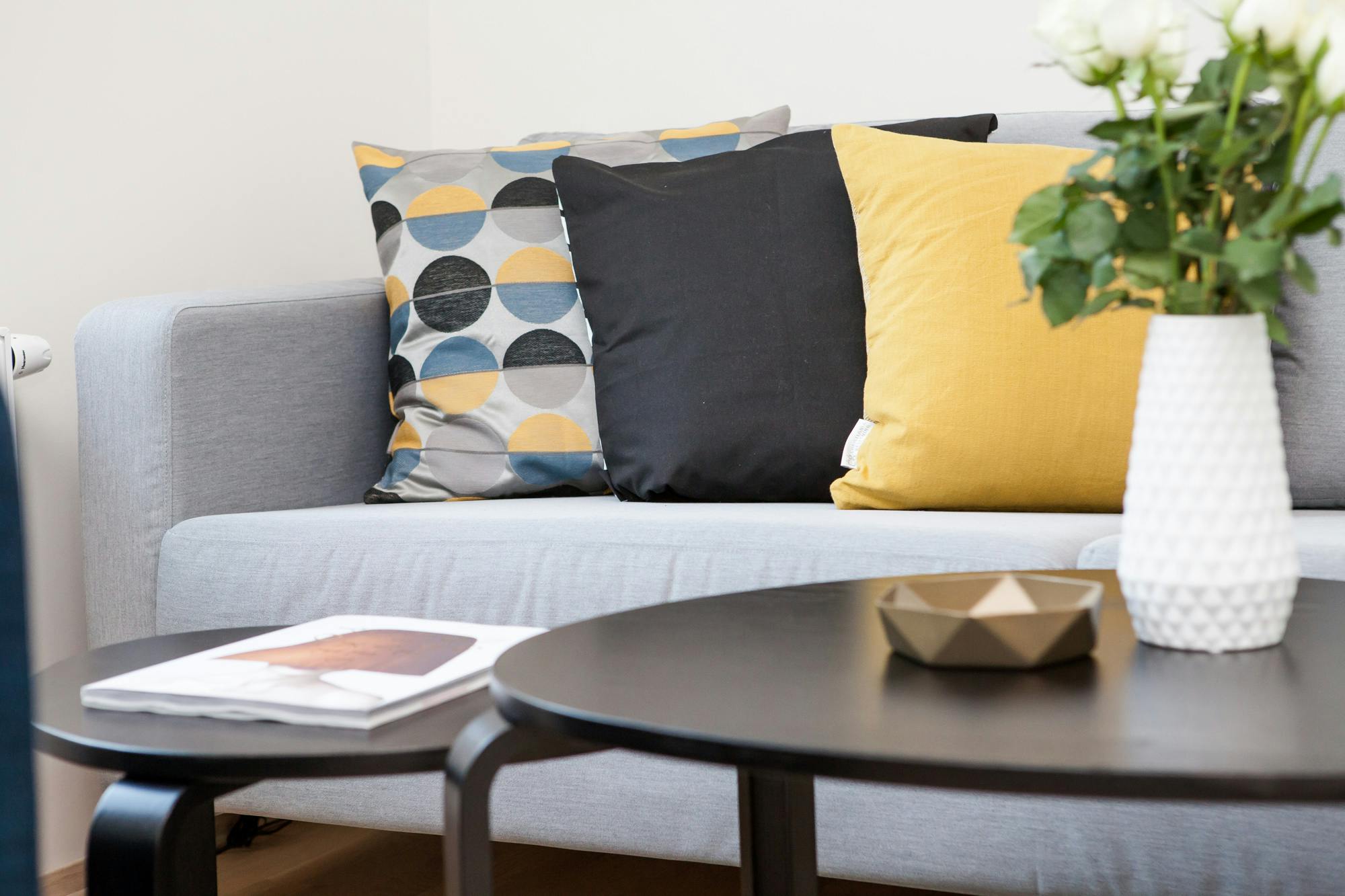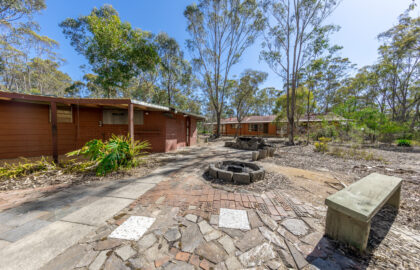
The housing market is constantly evolving, driven by technological innovations, shifting demographics, and societal changes. As we approach 2025, a number of exciting trends are emerging that will shape how we live, work, and interact with our living spaces. From sustainable designs to tech-driven innovations, here are the top 10 housing trends that will define 2025.
Sustainability and Eco-Friendly Living
Sustainability is no longer just a buzzword – it’s a necessity. As concerns about climate change intensify, homeowners are increasingly prioritizing energy-efficient homes that minimize environmental impact. By 2025, expect to see more homes powered by renewable energy sources, such as solar and wind, with energy-efficient designs and eco-friendly materials taking center stage. Green certifications like LEED and WELL will continue to grow in importance.
From solar roofs to water-saving fixtures, these homes are designed with the future of the planet in mind. Additionally, homeowners will embrace eco-friendly home furnishings and appliances that use fewer resources while providing long-term savings.
Smart Homes and Integrated Technology
By 2025, homes will be smarter than ever. Advances in AI and IoT (Internet of Things) technology will result in homes that are more responsive to the needs of the residents. Smart home devices like thermostats, lighting systems, voice-activated assistants, and home security systems will be more intuitive and connected, allowing homeowners to control everything from the touch of a button or voice command.
Expect even further integration of AI that can anticipate a homeowner’s needs, adjusting the home environment automatically. For instance, AI-powered systems will monitor energy usage, optimize lighting, and even adjust temperatures based on patterns learned from the residents’ daily routines.
Work-from-Home (WFH) and Home Office Spaces
With the rise of remote work, the need for dedicated home office spaces will continue to grow. By 2025, homes will be designed with flexible workspaces that offer privacy, functionality, and comfort. Think built-in ergonomic desks, soundproofed rooms, and plenty of storage space for tech equipment and documents.
As hybrid work models become more common, people will seek homes with multifunctional spaces that can easily transform from office to relaxation zone. Homebuilders are already incorporating adaptable layouts that provide flexibility for various work and life needs.
Urbanization Meets Suburbanization
In 2025, we’ll see a continued blending of urban and suburban living. While some may choose the hustle and bustle of the city, others are moving to the suburbs in search of more space and affordability. However, suburban homes will start to incorporate urban features, such as proximity to amenities, high-speed internet, and public transportation options.
This trend will lead to the development of “hybrid” neighborhoods that offer the best of both worlds: quiet residential areas with quick access to city-like conveniences.
Tiny Homes and Downsizing
Tiny homes have already made a mark, and by 2025, they will continue to gain popularity among those looking to downsize and embrace minimalism. These homes, often under 500 square feet, are highly efficient and sustainable, providing a way to live more simply and affordably.
With the increasing cost of living, tiny homes will become a viable option for those seeking more financial freedom or wanting to reduce their environmental footprint. Expect tiny home communities to emerge in both urban and rural areas, offering a sense of community and shared amenities.
Outdoor Living Spaces
Outdoor spaces have always been a vital part of a home, but by 2025, they will be even more integrated into the living experience. Homeowners will continue to create outdoor living rooms with comfortable seating, kitchens, and dining areas that allow them to entertain or relax in nature.
Backyards will increasingly be seen as an extension of the home, with features like outdoor fireplaces, heated pools, and gardens designed to enhance the overall living experience. The demand for “livable” backyards will soar as people seek more ways to connect with nature.
As we look ahead to 2025, the housing landscape will be shaped by technology, sustainability, and shifting societal needs. Homes will evolve to be more adaptable, energy-efficient, and health-conscious. Whether you’re looking to downsize, embrace new tech, or seek a community-focused lifestyle, these trends show that the future of housing is diverse, dynamic, and full of exciting possibilities.
If you’re considering buying or designing a home in the next few years, keep these trends in mind – they’ll undoubtedly influence the way you experience your living space.







